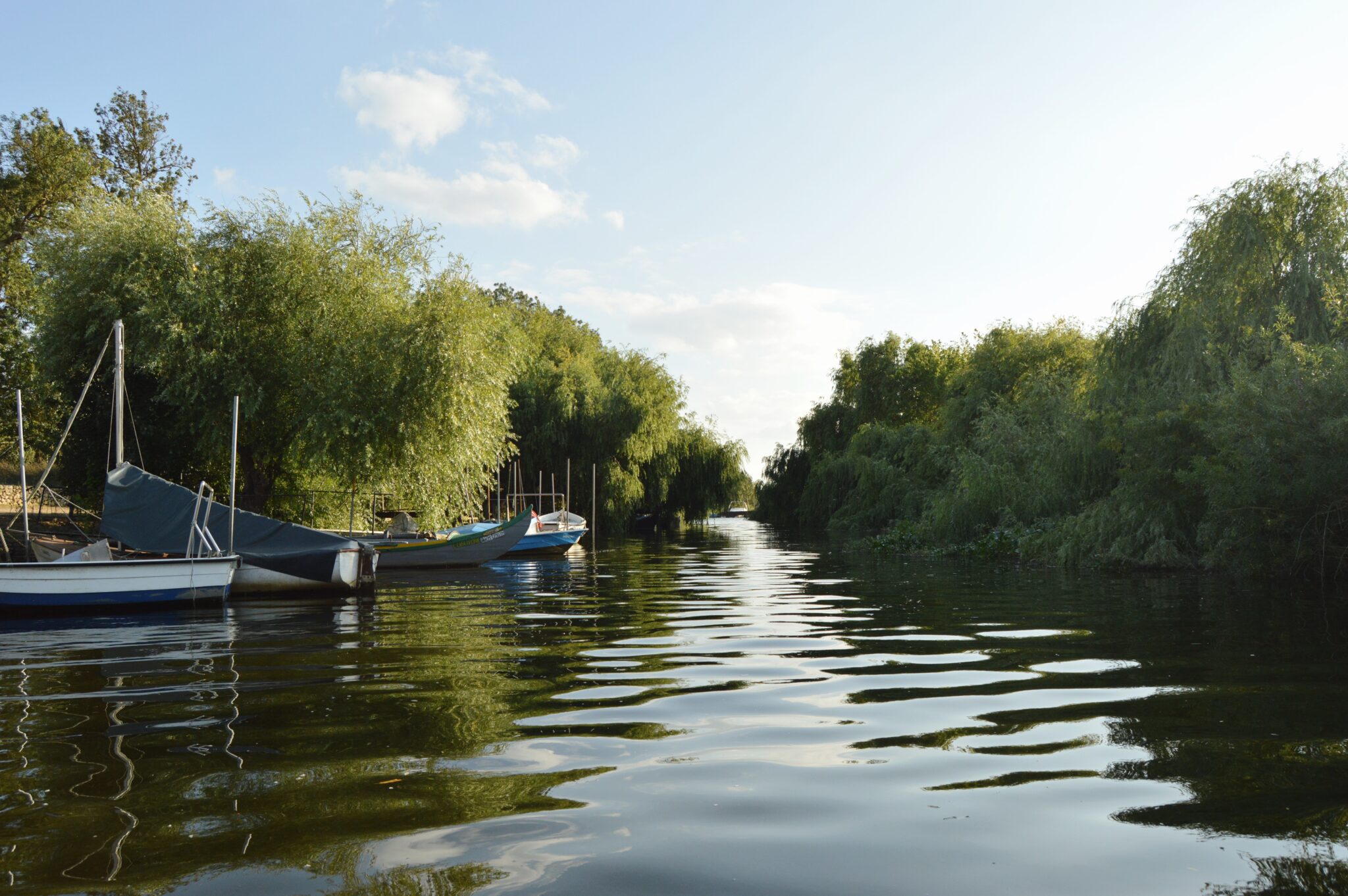Tagus Valley
A mutual fascination between land and river
In Tagus Valley, which we call Ribatejo, the river has, evidently, a huge importance! It was and still is the source of wealth for many of its people. Nature, gastronomy and culture are all deeply connected to the river, in a region plenty of peaceful beauty!
The vastness of the barren lands, the cork oak plantations, lezírias and small dams are a sight of Tagus Valley’s beauty. Especially in this region, there is an implicit trilogy composed by horses, bulls and campinos. Here you can experience unforgettable nature and wildlife adventures and feel a true cowboy!
One of the greatest attractions of this region is its tasty wines, as well as its regional gastronomy, rich in flavors of both land and the river. Undeniably, an exquisite connection point of both fishing and rural world.
To sum up, the perfect place to explore the countryside!

Discover Tagus Valley
A land of gastronomy, wine and popular festivities
Wine is produced in this region since the Middle Ages, but in the last decades, substantial improvements have been achieved both in the vineyards and in the winemaking. Presently, this wine region is called Tejo, the Portuguese name for Tagus, to highlight the region’s tradition and new ambitions.
The terroir is marked by Tagus river, generally separated in three distinct zones of wine production:
‘Bairro‘ – on the right bank of Tagus, where there are two different kinds of soils: limestone and clay, and schist. Here, the land is more irregular and the hills alternate with plains. Reaching out until the north border of the region, vineyards and olive-trees are dominant.
‘Charneca‘ – on the left bank of the river, further down south, these are poor sandy soils. It is a very dry area, with higher temperatures than the rest of the region and, as a result, grapes reach their maturation quicker.
‘Lezíria‘ – a zone of plains, with high fertility, flooded periodically.
A region with strong traditions and proud of Ribatejan soul
With the majestic Tagus River by its side, the capital of Portuguese Gothic style is Santarém. This town was scenery for key moments of the Portuguese History: since the entrance of D. Afonso Henriques in town back in 1147, to the departure of the military tanks towards Lisbon, to overthrow the dictatorship, on the April 25th 1974.
Attesting to the importance of Santarém, back in ancient times, it was not only the headquarters of the Roman provinces of Hispania, but also one of the most flourishing cities of the Muslim Al-Andalus and one of the main medieval villages of the Kingdom of Portugal, called “Always Noble and Loyal Santarém”.
One of Tagus Valley postcards is the Castelo de Almourol, built on a small granite island in the middle of the river. Nearby is Constância: the hometown of the greatest poet Luis de Camões. Constância also hosts a Science Park dedicated to astronomy, from where you can see the stars at night and learn about the constellations!
And when it comes to the Templars, there’s a place that immediately comes to our minds: the Convent of Christ in Tomar (UNESCO World Heritage status). This mythical place was the headquarters of the Knights Templar in Portugal and was built and expanded through the centuries. As a result, we can see many diferent architectural styles, such as Romanesque, Gothic, Manueline, Renaissance or even Baroque elements. A must visit place for anyone who wants to learn about Portuguese History!
In Casa Típica Avieira – Museu do Escaroupim, in Salvaterra de Magos, you can discover another unique tradition of Ribatejo. These wooden homes were built on piles over the river and some are still inhabited by local river fishermen. Besides Escaroupim, there are other small villages and a Route to discover the Avieiros legacy.
Tagus, the largest Portuguese river, marks Ribatejo in its name, geography, and certainly, in its culture.
In the northern Tagus Valley, you can enjoy nature close to Castelo do Bode water dam, one of the largest Portuguese water reservoirs. This giant artificial lake is a privileged area for nautical sports and enjoy breathtaking views.
In the great pastures of Tagus Valley, there is a unique sight from this region of Portugal: the raising of horses and bulls. This tradition is deeply rooted in rural life and marks its culture. Ribatejo is the land of the world-famous pure-blood Lusitanian horses, and also a region of bullfights and bull-running festivals, genuine tradition of Ribatejo and still very popular in Portugal.
In Tagus Valley, you can ride on horseback through the fields and realize why this region has a National Fair dedicated to horses! If you visit Portugal in November it’s mandatory to attend the Golegã Horse Fair where horses, riders, and visitors embody the passion for these animals.
Aire and Candeeiros Mountain Park unquestionably deserves a visit as well! You must see the large dominating limestone massif of the Park which, with its ravines, caves, and small nooks, dazzle those seeking moments of evasion in full contact with nature!
Closer to Lisbon city, and perfect for the bird watchers, is the Reserva Natural do Estuário do Tejo, a protected area of more than 45 thousand hectares, considered the largest wetland in Portugal and one of the most important in Europe.
Available Tours in Tagus Valley
Discover the beautiful natural landscapes of the riverside!


